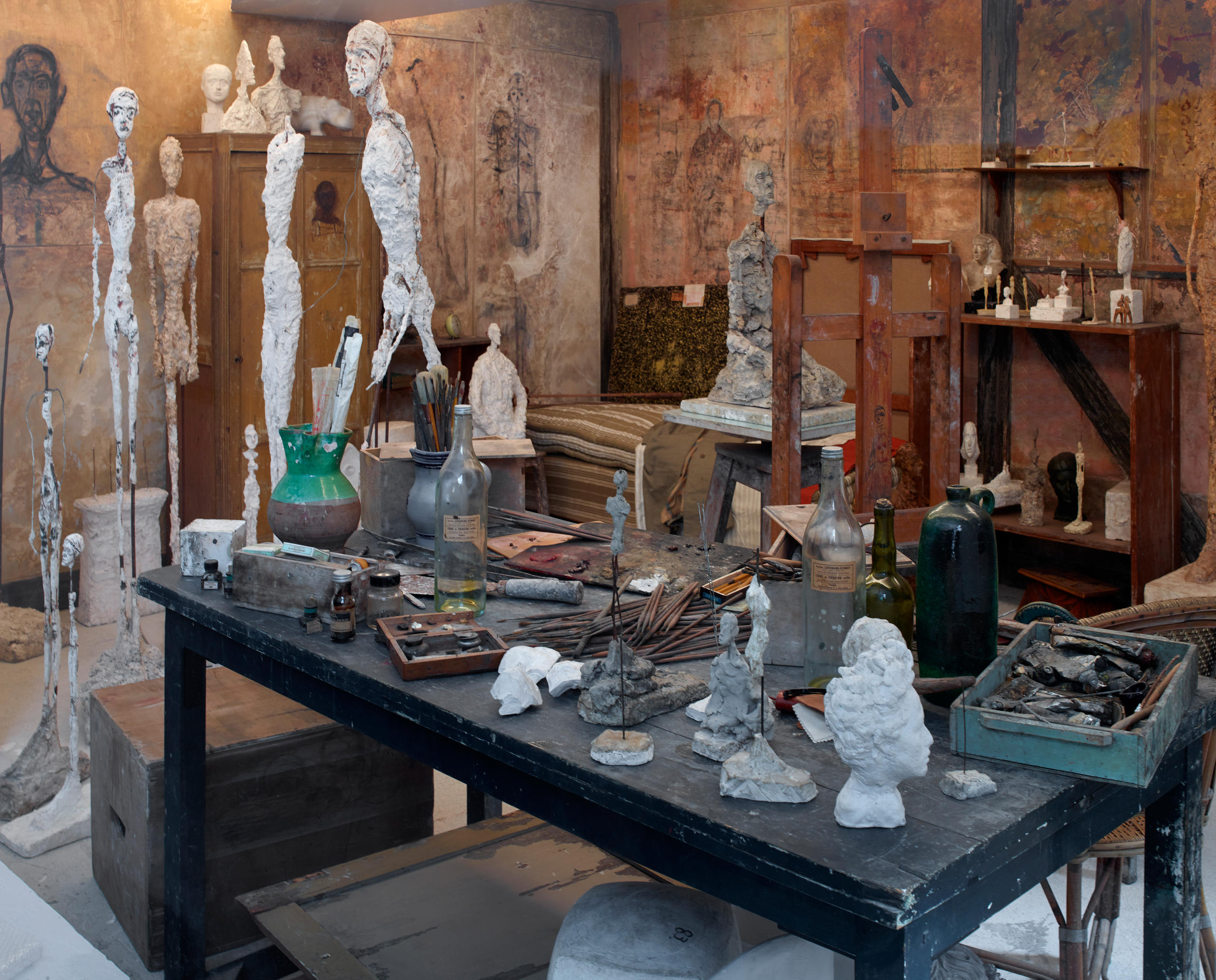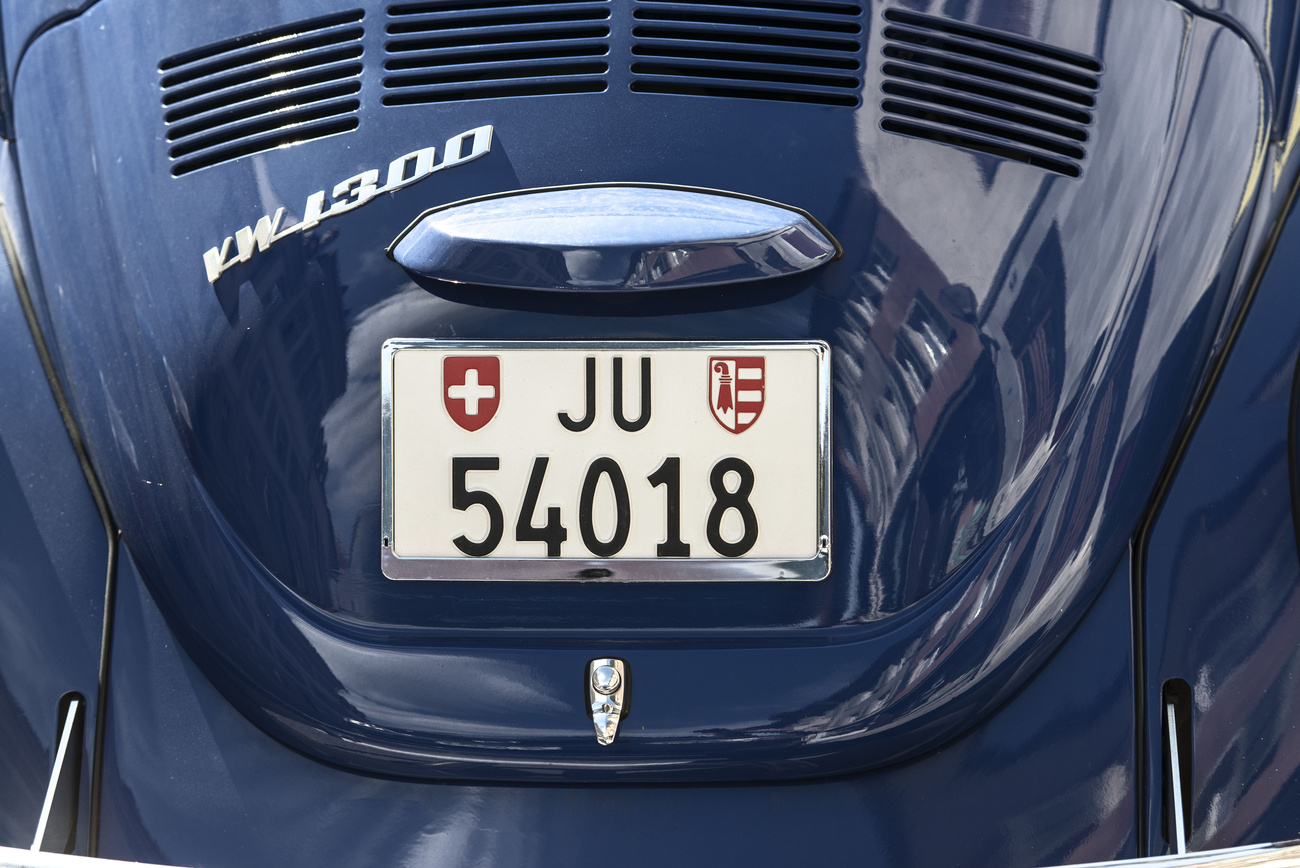
Breguet treasures break record at auction

Valuable documents written by the uncrowned king of watchmaking, Abraham-Louis Breguet, fetched a record SFr2.3 million ($2.1 million) on Friday evening in Geneva.
The documents, which are considered a treasure trove of the Swiss watchmaker’s skills, were snapped up by the Breguet Museum in Paris in a fitting climax to a lively auction.
The museum is part of the Breguet watchmaking company, owned by the Swatch Group of Switzerland and run by its chairman and CEO, Nicolas G. Hayek.
During the bidding, the historic Breguet manuscript was offered provisionally as seven separate lots, and from the outset it was clear from the number of bidders on the telephone and in the room who aggressively bid for the first lot in this manuscript group, that history was about to be made, aucioneers Patrizzi & Co said after the event.
The bidding was “feverish and fierce” and quickly arrived at more than four times the lot’s initial estimate, a statement said.
This was repeated with each lot in the manuscript group, with several of the lots, in particular those covering Breguet’s thoughts on the tourbillion and marine chronometers, achieving more than eight times their initial estimate.
Since no one clear owner of the manuscript had emerged, the manuscript was then auctioned as one complete lot with the starting bid being the total of the provisional highest bids, so allowing the possibility of keeping the manuscript entire for posterity.
Thanks to a total commitment and aggressive bidding, the Breguet museum ensured that this historic manuscript will “finally return home”, the auctioneers commented.
Rich and famous
Breguet lived much of his life in France and his timepieces became so renowned during his lifetime (1747–1823) that they were much in demand by the rich and famous.
That situation has not changed over the years and the brand is now the flagship of the world’s largest watchmaking group.
Five years before his death, Breguet began to set down his horological knowledge for posterity.
“Probably he realised that his time was near and he wanted to have all his experiences, all his thoughts, all his opinions written down on paper,” Ita McCobb of Patrizzi & Co told swissinfo.ch.
“Corrections”
So he asked his assistant Louis Moinet to write the notes and then at night Breguet would go through them, and mark corrections in the column at the side and on the facing page.”
When Breguet died, those who knew his work were in for a shock because Moinet fled with the manuscript and wanted to publish it under his own name.
Fortunately Breguet’s son, Antoine-Louis, took legal action to reclaim his father’s work and after several years of battles, the manuscript was finally returned.
The auctioneers kept tight-lipped about the name of the seller but gave away a few hints about the provenance.
“In the 1920s the Breguet company was owned by George Brown and he had this box of documents, all hand-written notes, and all sorts of things connected to the firm in a cardboard box.
“One of the things we used to think was a silly idea was the way that he drilled into a ruby and put oil in it. Now we realise he actually made a little reservoir at the bottom of the drilled piece within the ruby and that, of course, worked.”
The current owner had put Breguet’s document into a number of lots, “to give people a chance” to buy.
The estimate for each of the sections that went under the hammer was between SFr40,000 and SFr80,000.
Robert Brookes in Geneva, swissinfo.ch
The company was founded in 1775 by Abraham-Louis Breguet at the Quai de l’Horloge on the Île de la Cité following his marriage to the daughter of a prosperous French bourgeois. Her dowry provided the financing that allowed him to open his own workshop.
Distinguished patrons have included Louis XVI of France, his wife Marie-Antoinette, Napoleon Bonaparte, Tsar Alexander I of Russia, Queen Victoria, Sir Winston Churchill and George Washington.
The brand has also had a number of fictional owners, including Dr Lorrain from Tolstoy’s War and Peace, Phileas Fogg from Jules Verne’s Around the World in 80 Days and Baron Danglars from the Count of Monte Cristo written by Alexandre Dumas.
The document, issued in lieu of a passport, is dated June 23, 1794. It testifies to the arrival of Breguet in Neuchâtel and his welcome by the city authorities.
After the 1792 storming of the Tuilleries Palace in Paris, the Swiss community in Paris was suspected of being counter revolutionary.
Breguet at first was just deeply concerned; after all, he was at the height of his power. But people had already started saying that he was a supplier to the Court to the “bitter end”. To ease his situation, he filed papers to obtain French citizenship, claiming that he was a descendant of Protestants from Picardy. His citizenship was granted.
However, the climate of suspicion was growing and Breguet found himself in such an awkward situation that he felt he had to leave France.
After agonising months, Breguet, along with his son and sister-in-law, was able to leave France. His journey took him to many places, finally taking him to his birthplace Neuchâtel, where he found relatives and old family friends.

In compliance with the JTI standards
More: SWI swissinfo.ch certified by the Journalism Trust Initiative






























You can find an overview of ongoing debates with our journalists here . Please join us!
If you want to start a conversation about a topic raised in this article or want to report factual errors, email us at english@swissinfo.ch.